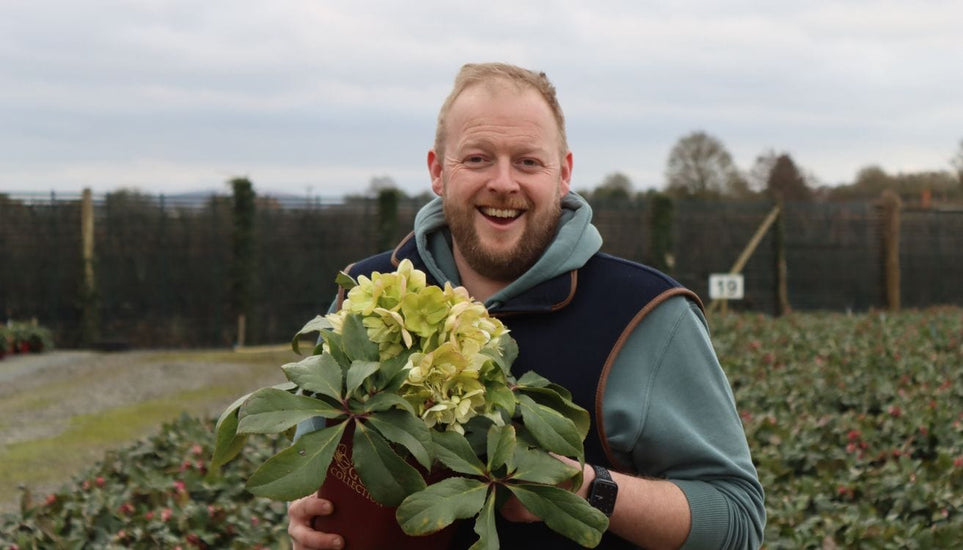Dianthus Plants
A cottage garden must-have that’s equally at home in the city, Dianthus comes in a myriad of colour tones, all with those distinctive ‘pinked’ edges. Perfect for the front of borders or for container displays, Dianthus plants grow in clumps of vibrant foliage, with flowers that keep coming all summer and right up to the first frosts. All this as well as being hardy, easy to care for and great for cutting - the more compact varieties are ideal for pots, window boxes and even hanging baskets.
Need help picking?Sort and filter
Hereford
Meet Jack
Perennials born in Herefordshire, blooming in your garden
Our perennials start life in the rolling Herefordshire hills, where Jack and his team trial over 250 new varieties each year to bring you the best performing and most sustainable plants in the UK. With over forty years of excellence, it’s no surprise that they’ve won the HTA Plant Grower of the Year award two years running.
Need help picking?
Dianthus FAQs
When is the best time to plant dianthus in the UK?
The best time for planting dianthus is early spring, late summer or early autumn, so that the plants can get properly established before the colder weather hits.
What kind of soil do dianthus plants prefer?
Dianthus plants grow best in well draining soil with a slightly alkaline pH. They prefer sandy or loamy soil that is rich in nutrients, so they’ll do best in soil with some manure or compost mixed in.
How much sunlight do dianthus plants need?
Dianthus can grow in sunny or partly shaded places, but flowers best with at least six hours of sunlight per day throughout the growing season.
How often should I water my dianthus plants?
Water your dianthus plants deeply once or twice a week, or more often during hot or dry spells. Avoid overwatering your plants, as this can cause root rot.
Do dianthus plants need fertiliser?
Dianthus plants will flower best when they have an application of general purpose, slow release fertiliser in spring. Nitrogen rich feeds should be avoided, as they result in lots of foliage at the expense of blooms.
How do I deadhead dianthus plants?
Deadheading your plants will encourage them to produce more flowers. When the flowers fade, simply pinch them off by hand or use pruners.
Do dianthus plants need to be pruned?
Dianthus plants can be pruned lightly after the first flush of flowers, to promote bushier growth and encourage another round of blooms. In the autumn or early spring, you can tidy them up by trimming out any dead stems.
Can I grow dianthus plants in containers?
Compact dianthus is a great choice for growing in pots. Use containers with drainage holes in the bottom, fill with compost and position your plants in a warm, sunny place.
When is the best time to divide dianthus plants?
If your dianthus plants start to get crowded after a few years, you can divide them in early spring or early autumn by digging up the clump, separating it into several sections and replanting elsewhere. Learn more about dianthus in our growers’ guide.








